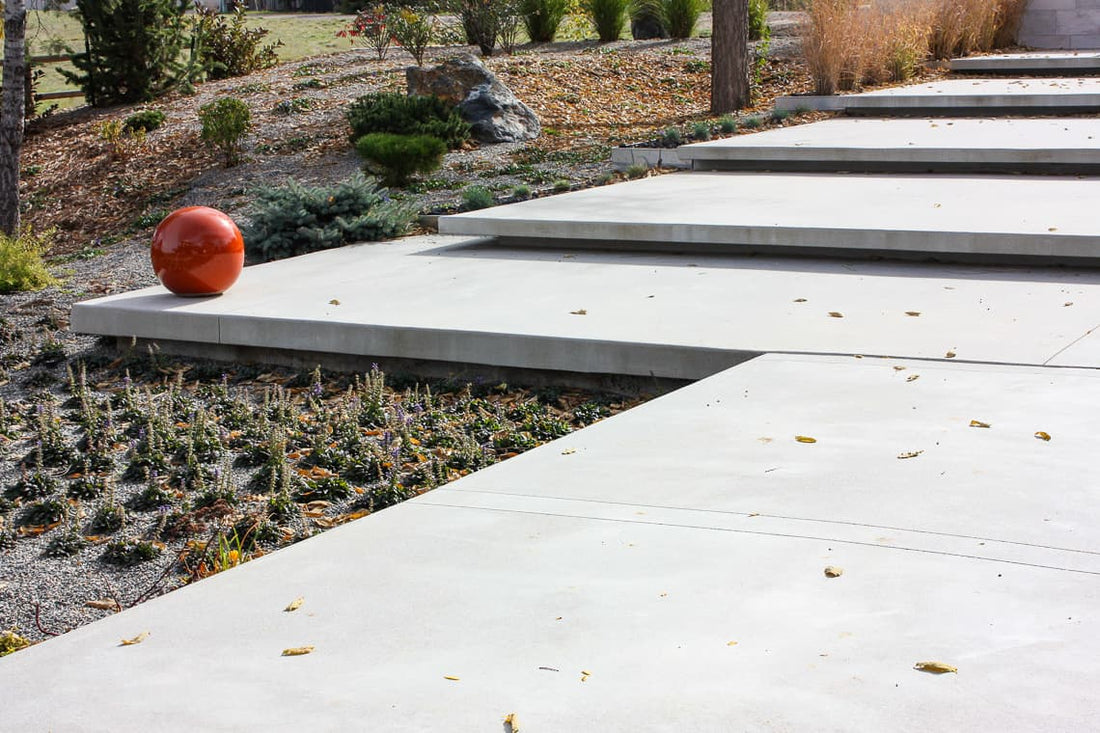
White Cement Market is expected to grow at a robust CAGR of 6% by 2030
Share

The White Cement Market is expected to grow at a robust CAGR of 6% by 2030, according to a new research report by Next Move Strategy Consulting.
Test It First – Download Your FREE Sample!
High-Quality and Versatile Applications Drive Market Expansion
White cement is a premium product known for its high degree of whiteness, which is achieved by utilizing raw materials such as copper, iron, manganese, nickel, and titanium. Its exceptional quality and aesthetic appeal make it an ideal choice for a wide range of applications, including prestige construction projects, sculptures, monuments, and decorative works. It is also frequently used in marble tile setting and in the sheathing of uneven walls and floors.
The increasing demand for housing development, driven by a surging global population and rising migration to urban areas, is contributing to the growing consumption of white cement. The material’s superior color consistency and blending capacity make it the preferred choice for construction and decorative works, boosting its adoption across residential, commercial, and industrial sectors.
Key Drivers and Market Challenges
- Housing Demand: The rapid urbanization and the rise in housing development projects, particularly in emerging economies, are expected to significantly increase the demand for white cement.
- Decorative Projects: White cement’s ability to produce high-quality, colorful, and aesthetically pleasing concrete makes it a popular choice for sculptures, monuments, and high-end architectural projects.
However, the availability of low-cost substitutes, such as tiles and plastics, remains a key challenge for market growth. These alternatives are often more affordable and readily available, which could hinder the broader adoption of white cement in some regions.
Market Segmentation
The white cement market is segmented into several categories based on type, end-use, and geography:
- Type: The market is segmented into white Portland cement, white masonry cement, and others.
- End-Use: The market is divided into residential, commercial, and industrial segments.
- Geography: The market is analyzed across North America, Europe, Asia Pacific, Latin America, and Middle East & Africa.
Regional Insights
- Asia Pacific holds the largest share of the global white cement market. Factors such as rapid urbanization, a rising number of housing projects, and commercial development in countries like China, India, and other Southeast Asian nations are driving the demand for white cement in this region.
- North America is also expected to witness steady market growth, particularly due to the increasing number of building renovation and restoration activities, where white cement is used for both aesthetic and functional purposes.
Conclusion
The White Cement Market is set to witness continued growth, driven by rising demand for high-quality construction materials in the residential, commercial, and industrial sectors. The ongoing urbanization, population growth, and the increasing preference for decorative works will further boost market expansion.
While challenges such as the availability of cost-effective substitutes could temper growth, the overall prospects for white cement remain strong. As the construction industry continues to seek high-performance and aesthetically pleasing materials, white cement is expected to remain a key player in the global market.